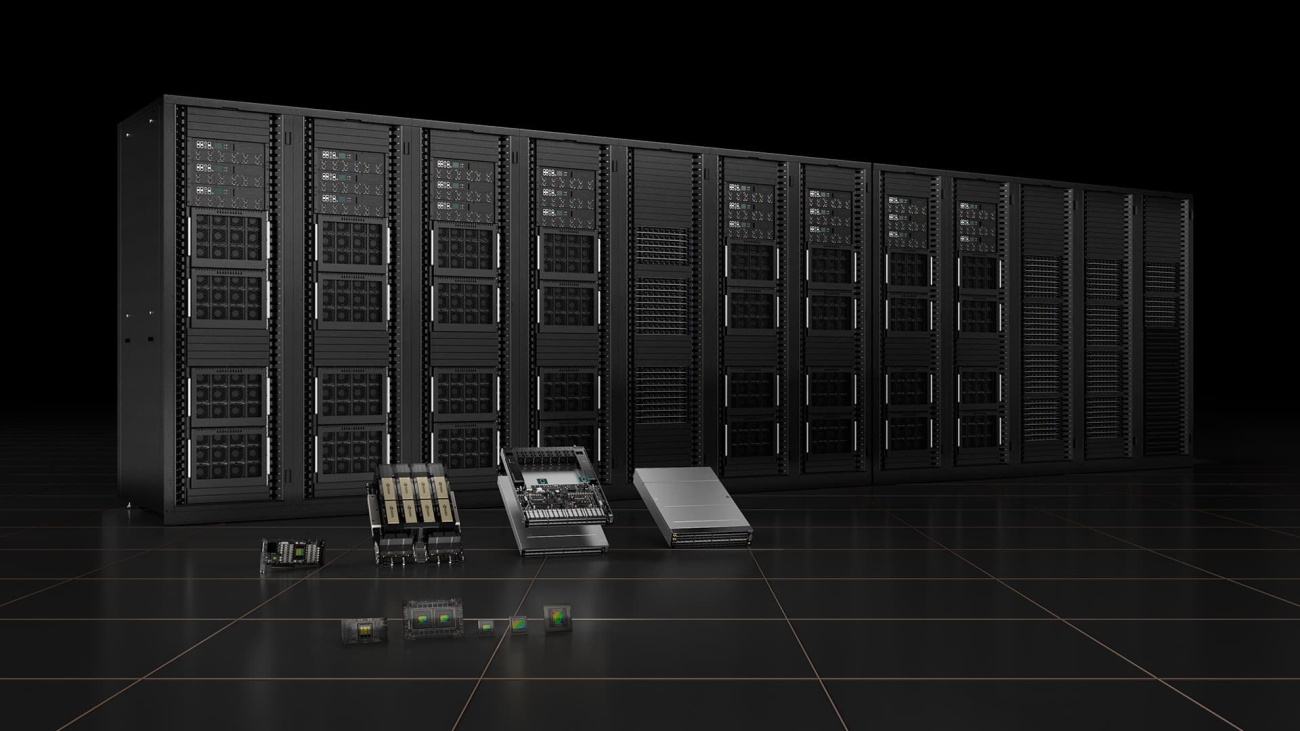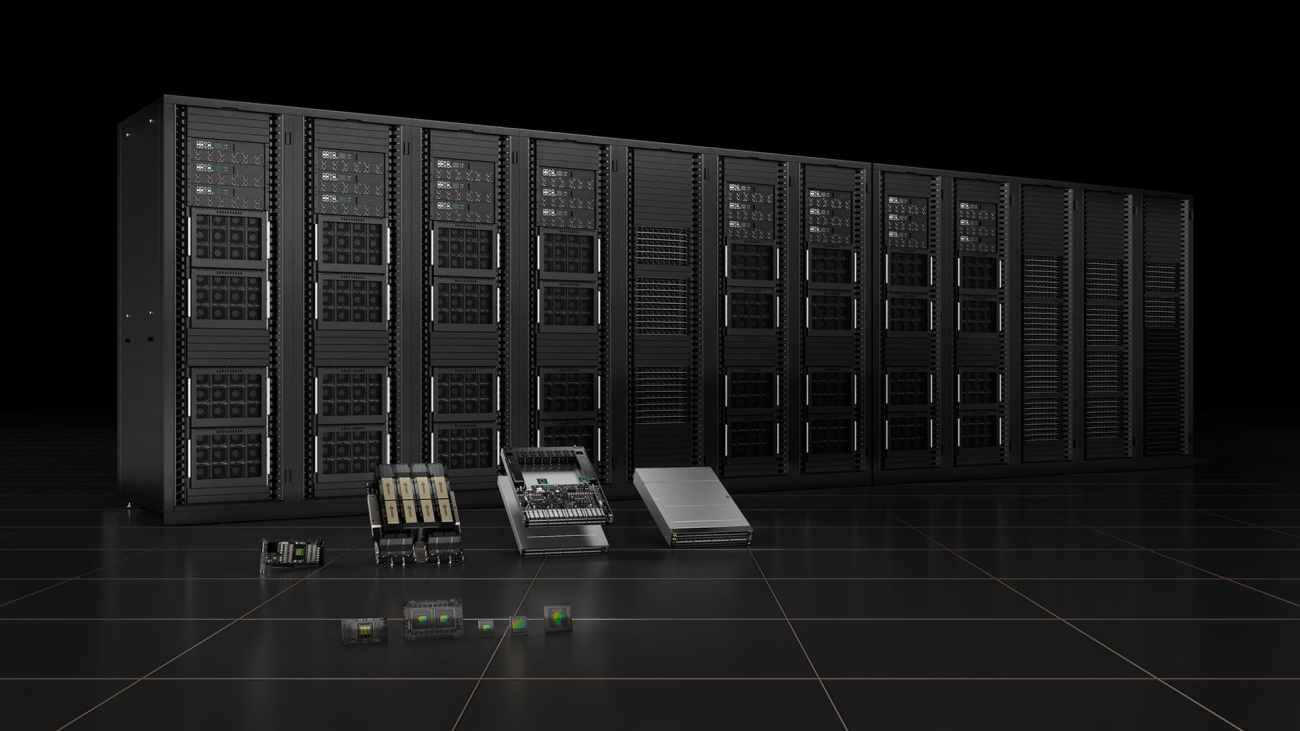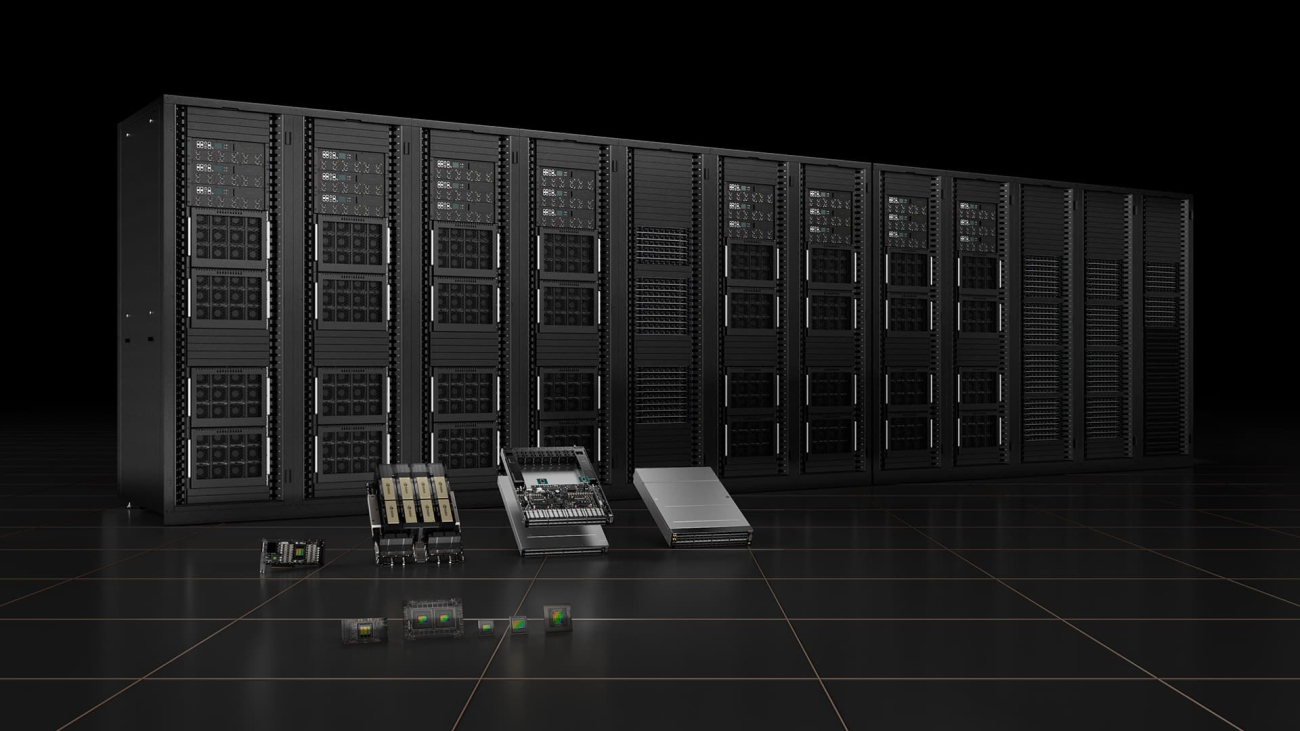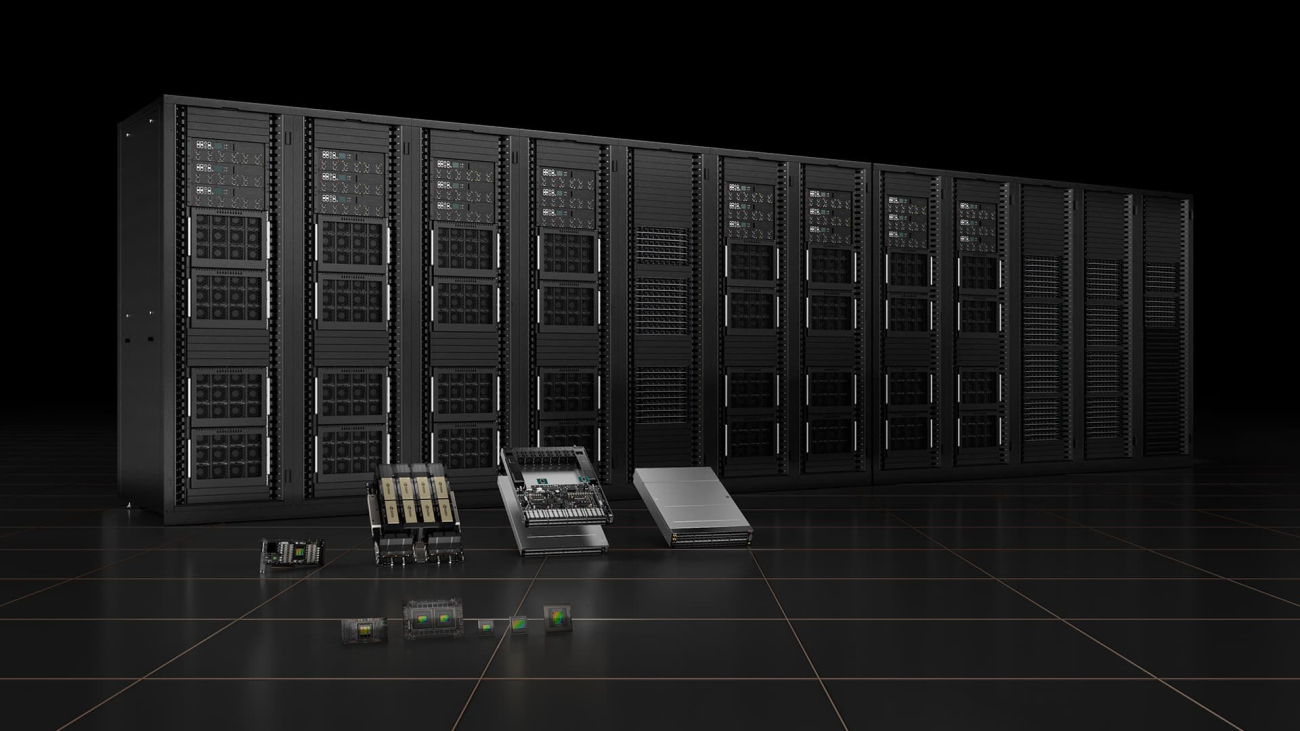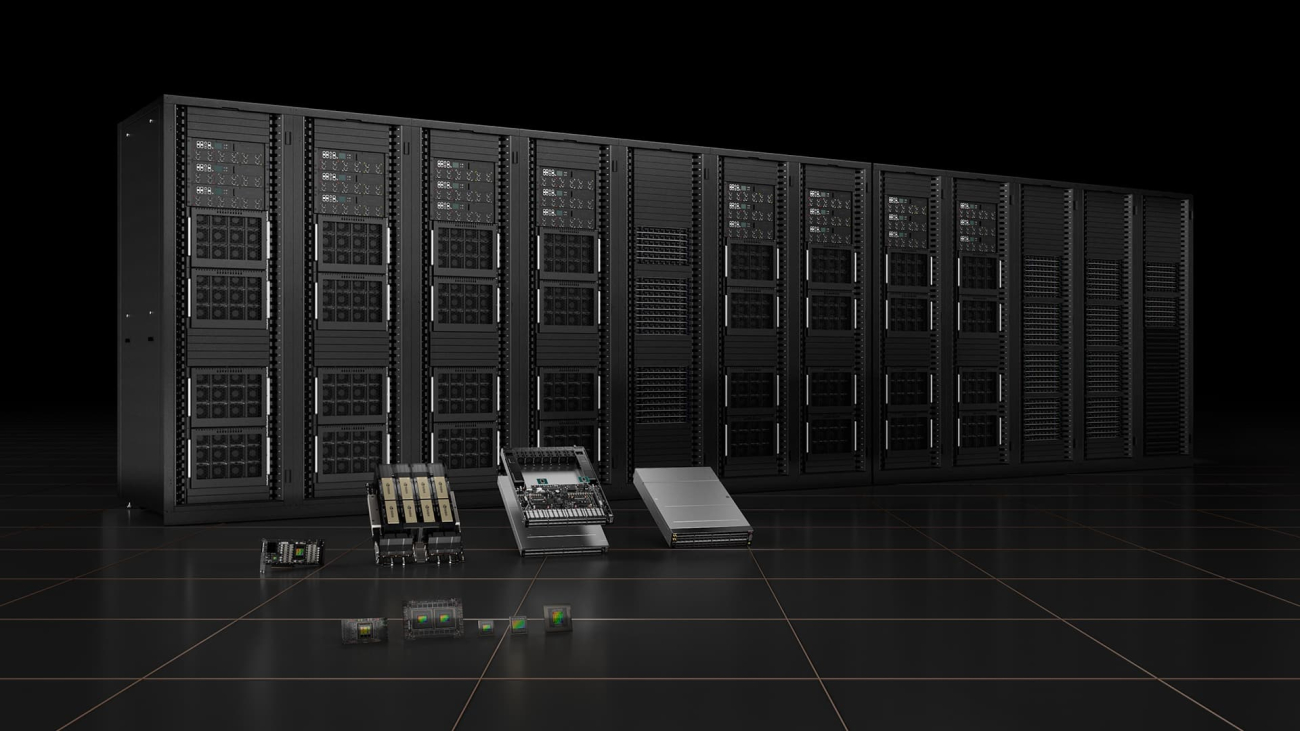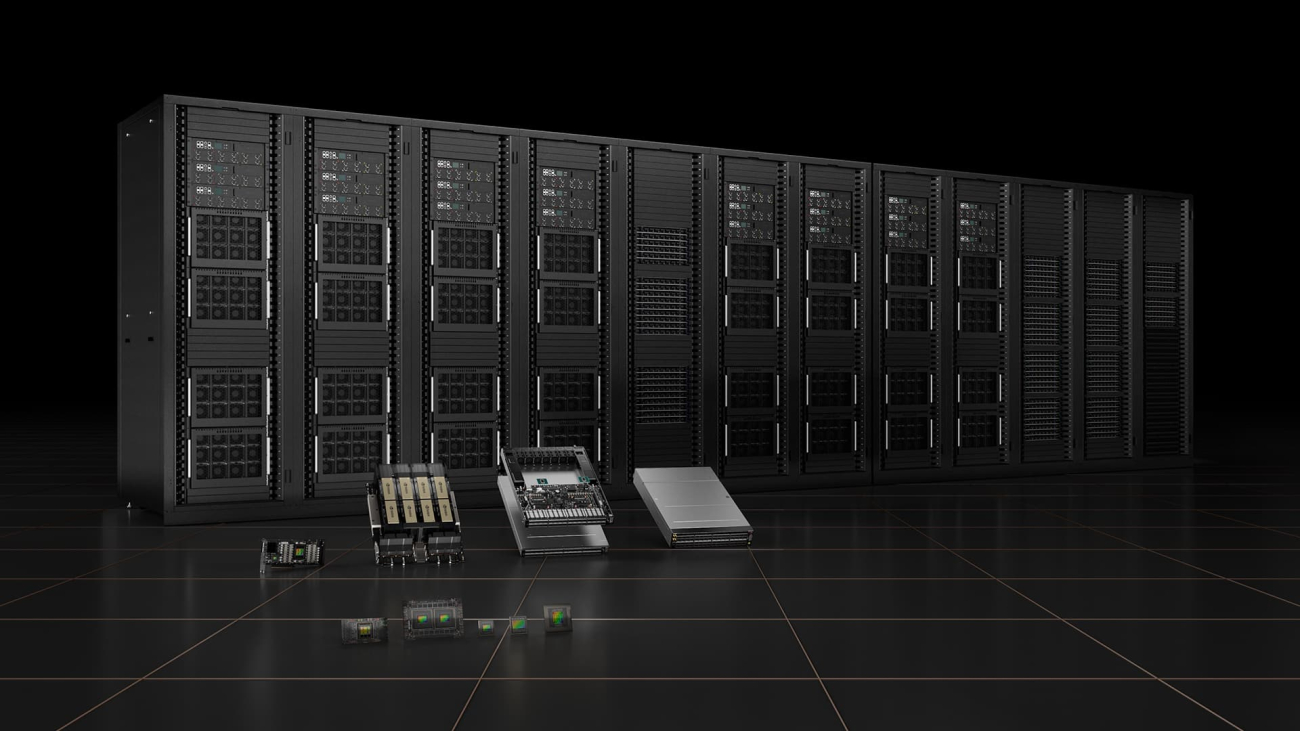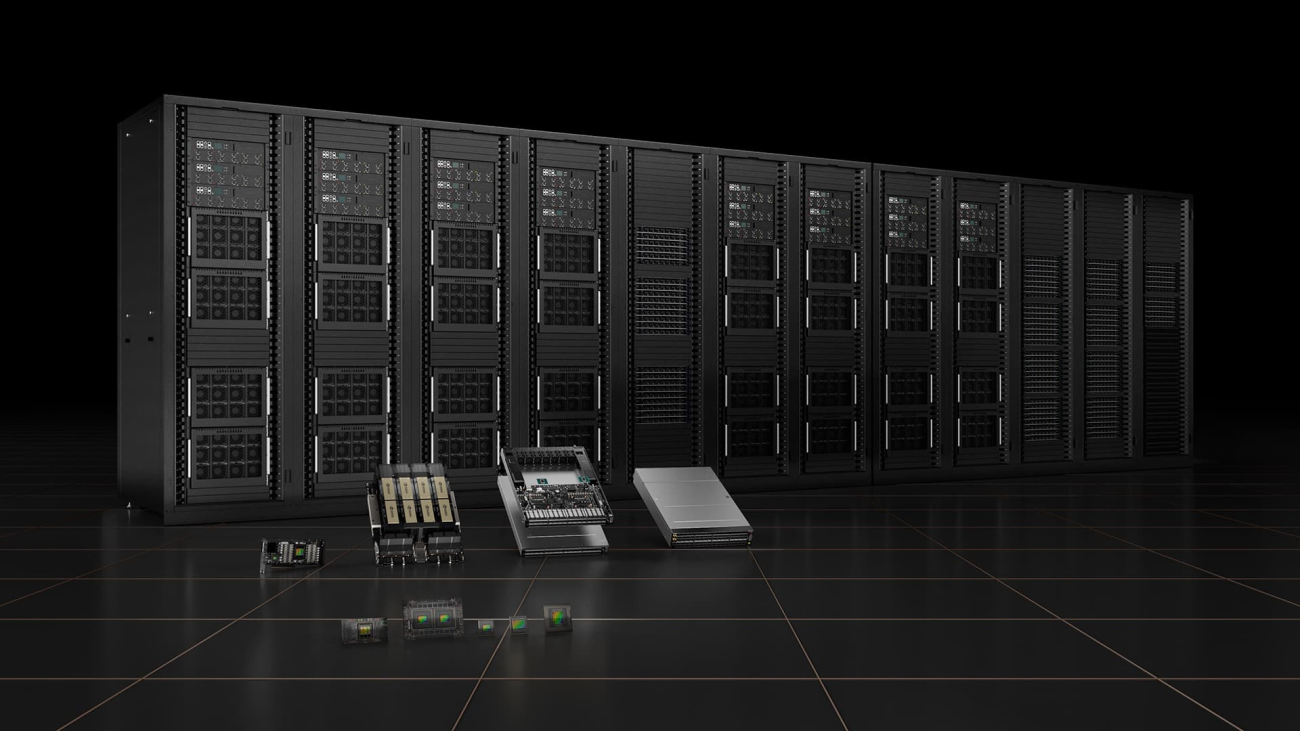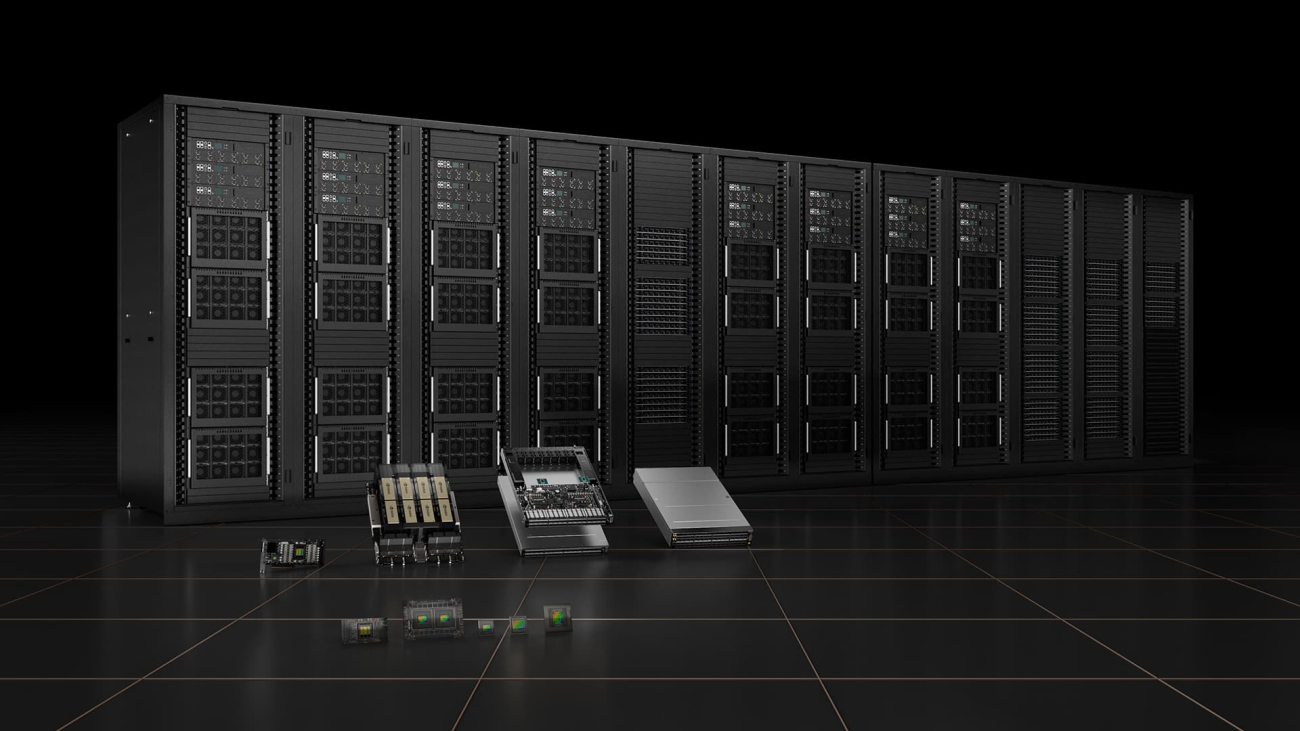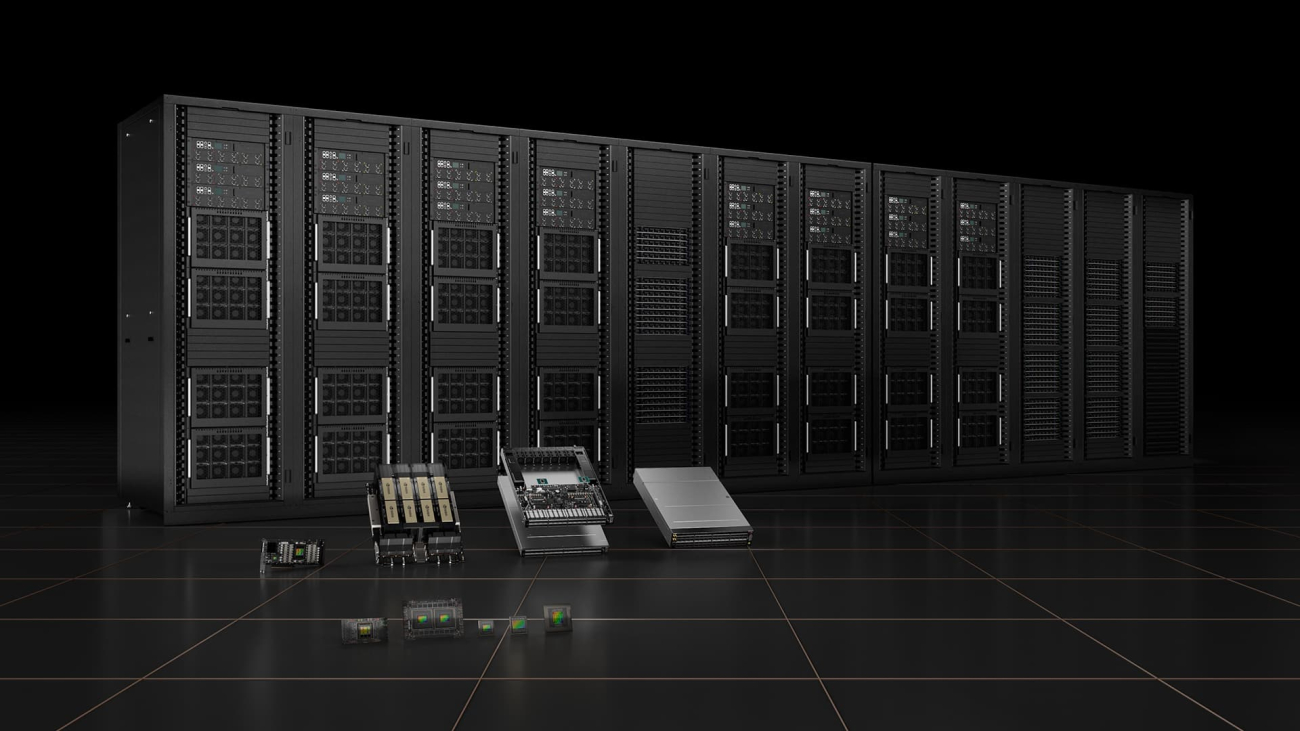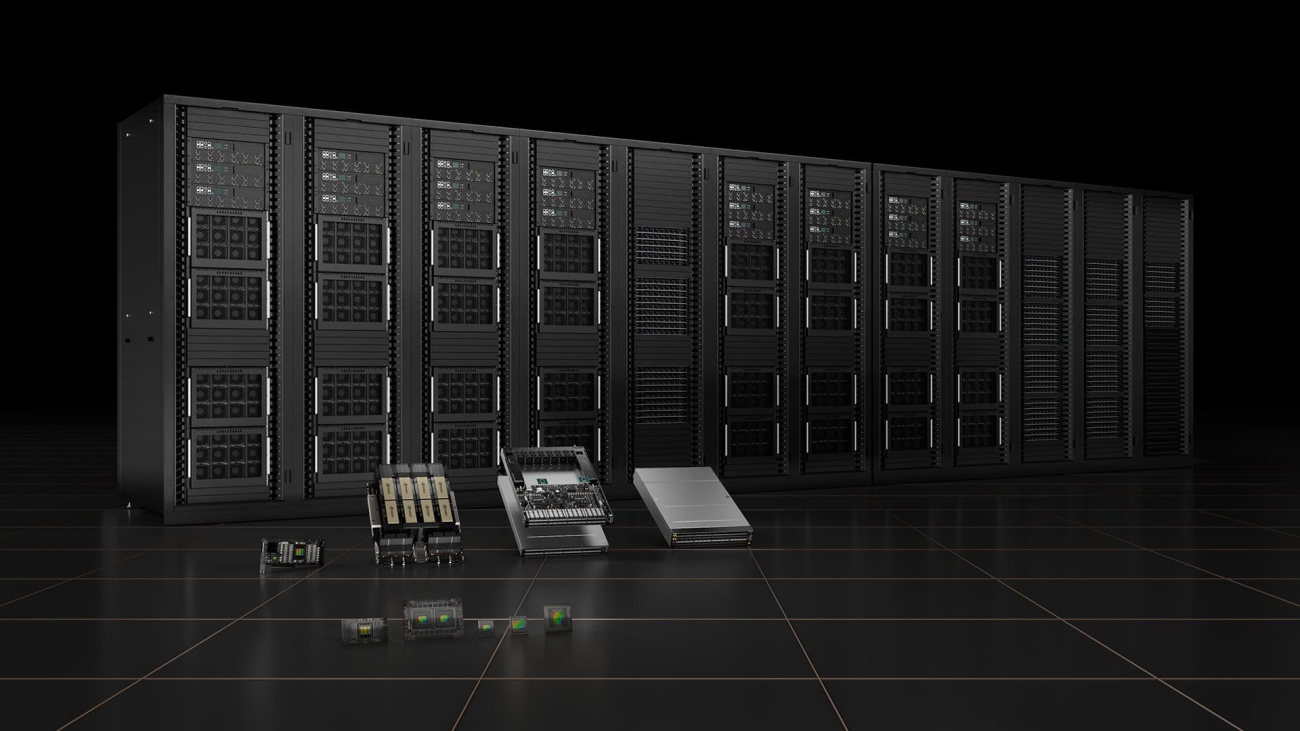India’s leading cloud infrastructure providers and server manufacturers are ramping up accelerated data center capacity. By year’s end, they’ll have boosted NVIDIA GPU deployment in the country by nearly 10x compared to 18 months ago.
Tens of thousands of NVIDIA Hopper GPUs will be added to build AI factories — large-scale data centers for producing AI — that support India’s large businesses, startups and research centers running AI workloads in the cloud and on premises. This will cumulatively provide nearly 180 exaflops of compute to power innovation in healthcare, financial services and digital content creation.
Announced today at the NVIDIA AI Summit, taking place in Mumbai through Oct. 25, this buildout of accelerated computing technology is led by data center provider Yotta Data Services, global digital ecosystem enabler Tata Communications, cloud service provider E2E Networks and original equipment manufacturer Netweb.
Their systems will enable developers to harness domestic data center resources powerful enough to fuel a new wave of large language models, complex scientific visualizations and industrial digital twins that could propel India to the forefront of AI-accelerated innovation.
Yotta Brings AI Systems and Services to Shakti Cloud
Yotta Data Services is providing Indian businesses, government departments and researchers access to managed cloud services through its Shakti Cloud platform to boost generative AI adoption and AI education.
Powered by thousands of NVIDIA Hopper GPUs, these computing resources are complemented by NVIDIA AI Enterprise, an end-to-end, cloud-native software platform that accelerates data science pipelines and streamlines development and deployment of production-grade copilots and other generative AI applications.
With NVIDIA AI Enterprise, Yotta customers can access NVIDIA NIM, a collection of microservices for optimized AI inference, and NVIDIA NIM Agent Blueprints, a set of customizable reference architectures for generative AI applications. This will allow them to rapidly adopt optimized, state-of-the-art AI for applications including biomolecular generation, virtual avatar creation and language generation.
“The future of AI is about speed, flexibility and scalability, which is why Yotta’s Shakti Cloud platform is designed to eliminate the common barriers that organizations across industries face in AI adoption,” said Sunil Gupta, cofounder, CEO and managing director of Yotta. “Shakti Cloud brings together high-performance GPUs, optimized storage and a services layer that simplifies AI development from model training to deployment, so organizations can quickly scale their AI efforts, streamline operations and push the boundaries of what AI can accomplish.”
Yotta’s customers include Sarvam AI, which is building AI models that support major Indian languages; Innoplexus, which is developing an AI-powered life sciences platform for drug discovery; and Zoho Corporation, which is creating language models for enterprise customers.
Tata Supports Enterprise AI Innovation Across Industries
Tata Communications is initiating a large-scale deployment of NVIDIA Hopper architecture GPUs to power its public cloud infrastructure and support a wide range of AI applications. The company also plans to expand its offerings next year to include NVIDIA Blackwell GPUs.
In addition to providing accelerated hardware, Tata Communications will enable customers to run NVIDIA AI Enterprise, including NVIDIA NIM and NIM Agent Blueprints, and NVIDIA Omniverse, a software platform and operating system that developers use to build physical AI and robotic system simulation applications.
“By combining NVIDIA’s accelerated computing infrastructure with Tata Communications’ AI Studio and global network, we’re creating a future-ready platform that will enable AI transformation across industries,” said A.S. Lakshminarayanan, managing director and CEO of Tata Communications. “Access to these resources will make AI more accessible to innovators in fields including manufacturing, healthcare, retail, banking and financial services.”
E2E Expands Cloud Infrastructure for AI Innovation
E2E Networks supports enterprises in India, the Middle East, the Asia-Pacific region and the U.S with GPU-powered cloud servers.
It offers customers access to clusters featuring NVIDIA Hopper GPUs interconnected with NVIDIA Quantum-2 InfiniBand networking to help meet the demand for high-compute tasks including simulations, foundation model training and real-time AI inference.
“This infrastructure expansion helps ensure Indian businesses have access to high-performance, scalable infrastructure to develop custom AI models,” said Tarun Dua, cofounder and managing director of E2E Networks. “NVIDIA Hopper GPUs will be a powerful driver of innovation in large language models and large vision models for our users.”
E2E’s clients include AI4Bharat, a research lab at the Indian Institute of Technology Madras developing open-source AI applications for Indian languages — as well as members of the NVIDIA Inception startup program such as disease detection company Qure.ai, text-to-video generative AI company Invideo AI and intelligent voice agent company Assisto.
Netweb Servers Advance Sovereign AI Initiatives
Netweb is expanding its range of Tyrone AI systems based on NVIDIA MGX, a modular reference architecture to accelerate enterprise data center workloads.
Offered for both on-premises and off-premises cloud infrastructure, the new servers feature NVIDIA GH200 Grace Hopper Superchips, delivering the computational power to support large hyperscalers, research centers, enterprises and supercomputing centers in India and across Asia.
“Through Netweb’s decade-long collaboration with NVIDIA, we’ve shown that world-class computing infrastructure can be developed in India,” said Sanjay Lodha, chairman and managing director of Netweb. “Our next-generation systems will help the country’s businesses and researchers build and deploy more complex AI applications trained on proprietary datasets.”
Netweb also offers customers Tryone Skylus cloud instances that include the company’s full software stack, alongside the NVIDIA AI Enterprise and NVIDIA Omniverse software platforms, to develop large-scale agentic AI and physical AI.
NVIDIA’s roadmap features new platforms set to arrive on a one-year rhythm. By harnessing these advancements in AI computing and networking, infrastructure providers and manufacturers in India and beyond will be able to further scale the capabilities of AI development to power larger, multimodal models, optimize inference performance and train the next generation of AI applications.
Learn more about India’s AI adoption in the fireside chat between NVIDIA founder and CEO Jensen Huang and Mukesh Ambani, chairman and managing director of Reliance Industries, at the NVIDIA AI Summit.

